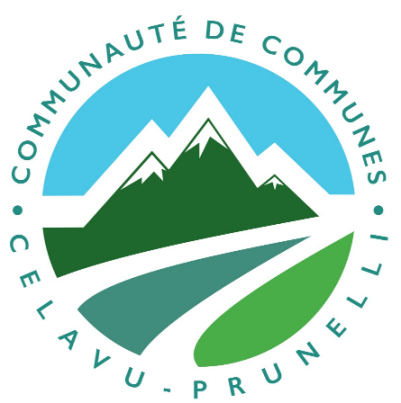Honey from Corsica
The unique vegetation of the Island and the Corsican
Did you know that?
Resulting from the agriculture AOP (Protected Designation of Origin) and AOC (Controlled Designation of Origin), the Corsican honey sets the milestones of an ancestral know-how putting in harmony some 400 island beekeepers and a landscape, a season, a bloom and an original perfume.
The unique vegetation of the Island and the Corsican Bee (Apis mellifera mellifera corsica), suited to the local climate, create a very particular honay. Corsican honey is very high quality because of low pollution and pesticides.
You can find six types of honey in Corsica :
- Miel de Printemps (Spring honey): Harvested in may, it’s composed of clementine, mimosas and asphodel, for a fruity, fresh taste and a bright color.
- Miel Maquis de Printemps (Spring maquis) : Also harvested in may but with an amber color and composed mostly of heathers and marine lavender.
- Miellat du maquis : Harvested from may to september, with a dark amber color and a taste of ripe fruit, caramel and liquorice.
- Miel de châtaigneraie (Chestnut tree): With flavour of clematis, thyme, broom and Immortelle, the “Miel de Châtaigneraie” is dark and deep. It’s harvested in chestnut tree forests from june to september
- Miel Maquis d’été (Summer maquis): Harvested in the highest part of the valleys, in august, with a fruity flavor
- Miel de maquis d’automne ( Fall Maquis): harvested from november to february, from arbutus, rosemary, or sarsaparilla.
